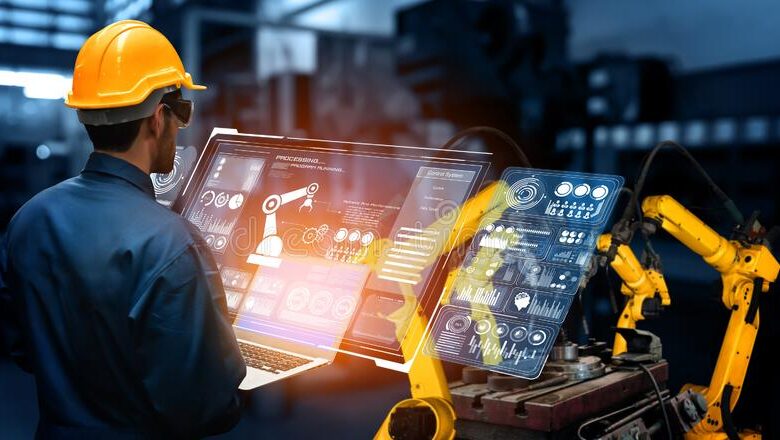How Does a Digital Factory Work?

Manufacturing seems to be the exception when it comes to making a jump to digital technology. Most companies seem stuck doing things the traditional way, which is a shame as using digital factories dedicated internet installation and other transformational solutions could enhance profits and reduce time to market.
What is a digital factory?
It simply provides a digital or virtual model of a physical factory. The manufacturing process is simulated. Product teams gain manufacturing intelligence that allows them to improve the design process. Decision making and dealing with the supply chain are also enhanced.
Digital factories can troubleshoot early in the design process so that engineers can quickly address issues such as potential cost overruns.
A virtual factory model is a software construct that includes product specifications and information about manufacturing as well as data on speed, cost, performance, and other factors.
Well-designed digital factories will have enough details to allow for product optimization. It would allow for better design for manufacturability (DFM) and design to cost (DTC). Design alternatives can be evaluated in real-time. Engineering teams are given real-time data.
When an engineer implements a design change, the model can automatically analyze the changes. Opportunities for improvement in DFM and DTC are identified. Sourcing teams are able to optimize the selection of materials and the manufacturing process by using this information.
Material costs and production run scenarios can also be modeled.
How digital factories can help your business
When your engineering team uses its virtual factory model to analyze your manufacturing process, they are better able to figure out what works and what doesn’t. Reports can be created and shared with other teams.
It’s also easier to share information with managers and stakeholders.
Digital factories capture a huge amount of data that is analyzed, helping engineers to foresee more possible issues than they would otherwise.
Sourcing is also more clearly defined than it is in other systems such as ERP. Virtual factory models provide more current and accurate information regarding both cost and the possibility of delays.
What/if scenarios can be used to calculate the ramifications of materials selection. An accurate model will also provide data regarding overhead, labor, equipment and facility rates, and profit margins.
If certain materials require upgrading the manufacturing process, then that helps planners decide if they are worth it. They can try different options quickly via the digital model to quickly make a decision.
Micro Focus, for example, has built a digital factory. It was developed by the Micro Focus Product Services Delivery Center (PSDC). Micro Focus is an international organization with an R&D arm that supports IT4IT toolchains and value streams.
While transitioning to digital business models may seem tricky, it is necessary for companies that want to maintain their positions of leadership.
Digital factories can help improve profits and improve time to market as well as increase reliability. Last-minute issues and cost overruns can be avoided and both customer relations and market share can be enhanced. Using digital factories will make your manufacturing facility more robust and competitive.




